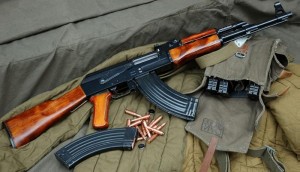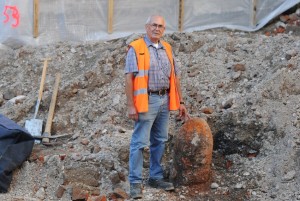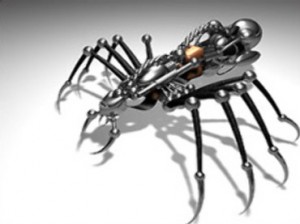 Our ties to the important folks in our lives can sometimes pop up in unexpected ways. My father died a few years ago, but I recently came across an unexpected talisman of my connection to him. It started with a milk crate of odd and ends I found in his basement.
Our ties to the important folks in our lives can sometimes pop up in unexpected ways. My father died a few years ago, but I recently came across an unexpected talisman of my connection to him. It started with a milk crate of odd and ends I found in his basement.
We had sailboats when I was growing up. First, an old daysailer and then a wooden ketch. And when people have sailboats, there’s always plenty of line around.
Line is sailor speak for rope. There’s line for running rigging, line for sheets, line for the topping lift, for the Cunningham, for the preventer and for the halyards — plus, various other line for just about everything else. Most of the line my Dad had for his boats was coiled and organized, but some wasn’t. He used this spaghetti of line for little jobs around the house. When its work was done, he’d toss it into a milk crate he kept near his workbench, sometimes coiled, sometimes free.
Unlike my two older brothers, I caught the sailing bug early. My dad and I sailed together often. Like many men of the World War II generation, Dad was not comfortable talking about his inner struggles, his demons. He definitely didn’t chew them over with me. So our times sailing together were not nautical encounter sessions with explorations into our feelings. The conversation ran more towards, “Let’s set the jib, now.” Or, “Careful, stay away from those rocks,” or, “So, what did we pack for lunch?” The connection we made to each other came from terse male teamwork and the shared experience of sunny days and stormy ones. I know those hours spent sailing meant something to him because they meant something to me.
A year or so after he died I went down to his basement lair. My mother wanted to clear up the workbench and move out some of his gear. I put a few tools in a box, thinking that was enough. But she insisted, “Take that milk crate, too.”
Back at my house, I needed line for one of my household tasks. I fished in the crate and came up with a coil of old, quarter-inch Dacron. My first thought was that the coil was too long. I thought about cutting it into two shorter lengths, when I noticed it was not a single line but two lines joined with a sheet bend knot. I gazed at the knot. No one had used this line since my Dad’s death. The knot only existed because my Dad had tied it. The knot was the motion of my father’s fingers, frozen in plaits of rope forever.
Though untying the knot would have yielded a length of line perfect for the job at hand, I couldn’t do it. My dad’s knot may have been tied during one of our sailing expeditions. Tied quickly and purposefully on one of those days we sailed together, talking about lunch, but sharing a deeper connection that we never acknowledged.
I hung the knot on a wall hook under a funnel lamp in my basement. In a place where I could see it from anywhere in the room.
I have no proof, of course, but I like to think that somehow my dad tied that knot for me.








